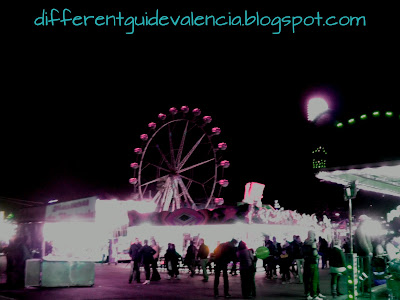Algo curioso en España, es
que exceptuando el Día del Trabajo (1 de Mayo), el Día de la Mujer (el 8 de
Marzo, que no es un día festivo) y puede que alguna mas que ahora no recuerdo se
ha conseguido asociar todos estos días festivos a celebraciones religiosas:
12 de Octubre Día de la Hispanidad,
se celebra La Virgen del Pilar (la Pilarica) patrona de las Fuerzas Armadas.
9 de Octubre día de la
Comunidad Valenciana, se Celebra el Día de San Dionis, patrón de los enamorados
Valencianos.
Vacaciones de Primavera,
que se hacen coincidir con la Pascua Cristiana.
6 de Diciembre, El Día de
la Constitución Española que se celebra con El día de la Purísima Concepción (día
8 de Diciembre) formando el Puente de la Purísima.
Las Fallas de Valencia, se
celebra el Día de san José.
Y Las fiestas patronales
de cada pueblo, se relacionan con el santo patrón o la Virgen de cada localidad
Española.
Sin mencionar las fiestas
puramente religiosas como Navidad, etc...
Aunque es cierto que las
Iglesias (entre ellas la cristiana, mayoritaria en España) siempre han movido fechas
o se han inventado directamente alguna celebración para apropiarse de fiestas
paganas o de otros cultos y ganar adeptos a su propia fe.
España ha sido un país de
larga y arraigada tradición Cristiana. Incluyendo al dictador Francisco Franco
que gobernó el siglo pasado durante 40 Años, el cual tenía profundas
convicciones Cristianas (aunque no lo demostrara con sus frecuentes torturas y
asesinatos, ya que incumplen los Mandamientos de Dios. Pero tampoco es ninguna
novedad, ya que en nombre de cualquier Dios, se han cometido y cometen las
mayores atrocidades del mundo) además de grandes vínculos con esta iglesia.
Todo esto suele resultar
curioso para una gran mayoría de extranjeros que nos visitan y suele pasar desapercibido
para el conjunto de españoles por ser algo tradicional.
Imagen sacada de Imagenes.com

















_01.jpg)





